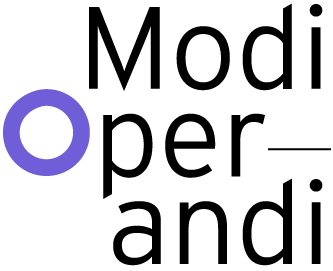BEYOND THE ‘HOUSE OF LANGUAGE’ [1]
This paper departs from a critique on the post-modern semiotic interpretation of architectural language and replaces the understanding of architecture as a symbolic and formal practice by the understanding that architecture contributes to urban space production as part of an economic and political process. This would indicate a shift from what architectural language represents to how it ‘acts’ in reality. In the analysis of Pizzagalli’s London Prison project that follows, first architectural language is shown as a constructive act that orders reality in order to understand it, meaning architecture’s political role in the construction of the city is to offer a criticism of reality through architectural language. Secondly, Pizzagalli’s design strategy of voids is contrasted with the aesthetic interpretation of city voids as signifying decline. Instead, Pizzagalli’s voids form a space for tension and potentiality. In conclusion, an architectural re-reading of residual city spaces from a distance is proposed, potentially revealing unexpected urban and territorial sets of relationships.
Keywords: architecture, space, language, void
